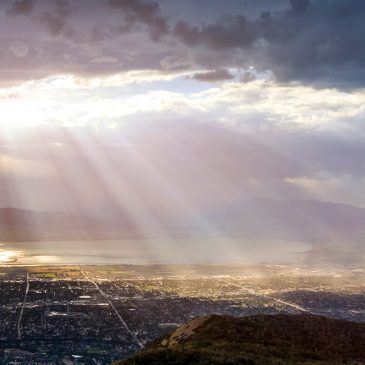There are reminiscent stories about the last days of the Ute chief Black Hawk. Tormented by his several years’ warpath and pillage, the physically broken warrior toured central and southern Utah asking forgiveness. At times, his rite bordered on self-flagellation. Tonsured at his request as an act of penance, he spoke of his obvious decline and of Brigham Young’s dark prophecy that those who opposed the Saints would inevitably wither. Would the settlers, he asked, absolve him?
At first I set the tableau aside. While aware of Black Hawk’s conciliatory last travels, I thought stories of maledictions and penance were too pat and after the fact. But as my research continued, primary sources confirmed their outline. My experience, with a figure and episode of more than ordinary importance, suggests the incomplete and tentative nature of studies of Native Americans in the Brigham Young era. To be sure, much has been done. Consult the catalog of any large Utah or Mormon repository, and you will find an abundance of articles on Native Americans. But the work is episodic and often uneven. At best scholars have illuminated perspectives rather than panoramas. Just to cite a few examples, we still wait for major studies of the Walker and Tintic wars—not to mention Utah Indian wars in general. We have neither monograph nor book on the Utah militia. With two or three exceptions, Indian biography, tribal surveys, and ecohistories have not been undertaken, at least in depth. Brigham Young’s Indian dealing, his role as ex officio superintendent of Indian affairs, his directives relating to the Gunnison and Mountain Meadows massacres, and his ongoing relationship with Saint and Indian all require further study. Also needed are surveys dealing with government agents and policy, pertinent law, trading and commerce, the overlooked events of the last decade of Brigham Young’s leadership, and Mormon-Indian relations, especially at the daily level of ordinary settlers and tribesmen. Above all, we need summary and synthesis. The length of this laundry list is surprising on at least two counts. Since mid-twentieth century, Mormon history has been a fruitful enterprise. Scores of increasingly sophisticated articles and books arrive each year, yet with short shrift rendered to Indian studies. In contrast, one need only scan the Western Historical Quarterly’sles and reviews to document that at the same time western and national historians have given dramatic and leading attention to the topic.


